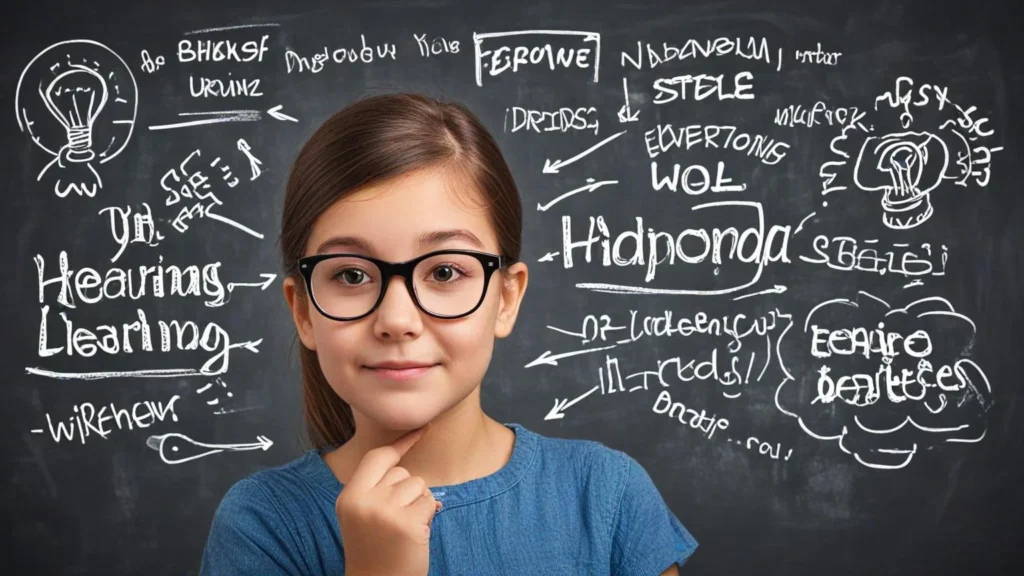Understanding different learning styles is essential for creating effective educational environments. By recognizing how individuals process information, educators can tailor their methods to enhance learning experiences for all students. This article explores the importance of learning styles, strategies for accommodating them, methods to identify your own learning style, and ways to recognize different styles in the classroom.
Why is it Important to Understand Different Learning Styles?
Understanding different learning styles is crucial for several reasons:
Enhanced Learning Experience
Tailoring Teaching Methods: Knowing various learning styles helps educators adjust their teaching methods to better meet the needs of their students. For example, visual learners benefit from diagrams and charts, while auditory learners might excel through discussions and lectures.
Improved Student Engagement: When instruction aligns with students’ preferred learning styles, they are more likely to be engaged and motivated in the learning process. This can lead to better academic performance and a more enjoyable educational experience.
Personalized Education
Addressing Individual Needs: Different learning styles allow educators to cater to individual student needs. By understanding these styles, teachers can provide diverse materials and activities that support all types of learners.
Boosting Confidence: When students learn in ways that match their styles, they are more likely to feel confident about their abilities. This increased self-assurance can lead to a more positive attitude towards learning.
Effective Instructional Strategies
Diverse Teaching Techniques: Recognizing learning styles encourages the use of varied teaching techniques, which can help in reaching students who might struggle with traditional methods.
Maximized Learning Outcomes: Effective use of learning styles can lead to improved academic outcomes by ensuring that instructional methods resonate with each student’s unique way of learning.
How Do You Approach Different Learning Styles?

Approaching different learning styles involves implementing various strategies and techniques. Here are some practical approaches:
Identify Learning Styles
Observation and Assessment: Start by observing how students respond to different teaching methods. You can also use surveys or questionnaires to gain insights into their preferred learning styles.
Varied Instructional Methods: Implement a range of instructional methods, such as lectures, hands-on activities, group discussions, and visual aids, to reach students with different learning preferences.
Adapt Teaching Techniques
Visual Learners: Use charts, diagrams, and videos. Provide written instructions and visual aids to reinforce concepts.
Auditory Learners: Incorporate discussions, lectures, and audio materials. Encourage students to read aloud and explain concepts to peers.
Kinesthetic Learners: Integrate hands-on activities, experiments, and movement-based tasks. Allow students to manipulate materials and engage in physical activities.
Reading/Writing Learners: Provide written materials, such as articles, books, and essays. Encourage note-taking and written assignments.
Foster a Learning Environment
Create a Supportive Atmosphere: Establish a classroom environment that encourages students to express their learning preferences and seek help when needed.
Encourage Collaboration: Facilitate group work that allows students to experience and understand different learning styles. This can help them appreciate diverse approaches and develop new skills.
How Do I Understand My Learning Style?
Identifying your own learning style can help you tailor your study strategies for better results. Here are steps to understand your learning style:
Self-Assessment
Learning Style Inventories: Take online quizzes or use learning style inventories to assess your preferences. Tools like the VARK questionnaire can help identify whether you are a visual, auditory, reading/writing, or kinesthetic learner.
Reflect on Past Experiences: Consider past learning experiences and identify what methods worked best for you. Reflect on how you absorb information most effectively.
Experiment with Different Techniques
Try Various Study Methods: Experiment with different study techniques to see which ones enhance your learning. For instance, try using visual aids, participating in group discussions, or engaging in hands-on activities.
Seek Feedback: Ask teachers or peers for feedback on your study methods. They may offer insights into which techniques seem to work best for you.
Adapt and Adjust
Customize Your Study Routine: Based on your findings, adapt your study routines to align with your learning style. Create study schedules that incorporate methods that work best for you.
Stay Flexible: Be open to trying new methods and adjusting your approach as needed. Learning styles can be flexible and may evolve over time.
How Do You Identify Different Learning Styles in the Classroom?

Identifying different learning styles in the classroom involves observing student behaviors and responses to various teaching methods. Here’s how you can identify learning styles:
Observe Student Preferences
Watch for Engagement: Notice which activities students engage with most. Are they more attentive during lectures or when working on projects?
Note Reactions: Pay attention to students’ reactions to different teaching methods. Do they prefer visual aids, group discussions, or hands-on activities?
Use Diagnostic Tools
Learning Style Surveys: Distribute surveys or questionnaires to gather information on students’ preferred learning styles. These tools can provide insights into how students learn best.
Assess Performance: Review students’ performance on different types of tasks. Are they more successful with visual tasks or verbal explanations?
Encourage Student Feedback
Ask Direct Questions: Encourage students to share their learning preferences. Ask them what methods they find most helpful for understanding material.
Conduct Reflective Exercises: Use reflective exercises where students can express their learning preferences and experiences. This can provide valuable information about their learning styles.
The Four Main Learning Styles and How to Address Them
| Learning Style | Description | Strategies to Address |
|---|---|---|
| Visual Learners | Learn best through seeing and visualizing concepts. | Use diagrams, charts, videos, and visual aids. Provide written instructions and encourage note-taking. |
| Auditory Learners | Learn best through listening and verbal communication. | Use lectures, discussions, and audio resources. Encourage verbal explanations and read-aloud sessions. |
| Kinesthetic Learners | Learn best through physical activities and hands-on experiences. | Incorporate experiments, role-playing, and movement-based activities. Provide opportunities for tactile interactions. |
| Reading/Writing Learners | Learn best through reading and writing text-based information. | Provide written materials like articles and books. Encourage extensive note-taking and written assignments. |
Conclusion
Understanding different learning styles is essential for creating effective educational experiences for students. By identifying and accommodating various learning preferences, educators can improve student engagement, personalize instruction, and support diverse learning needs.

